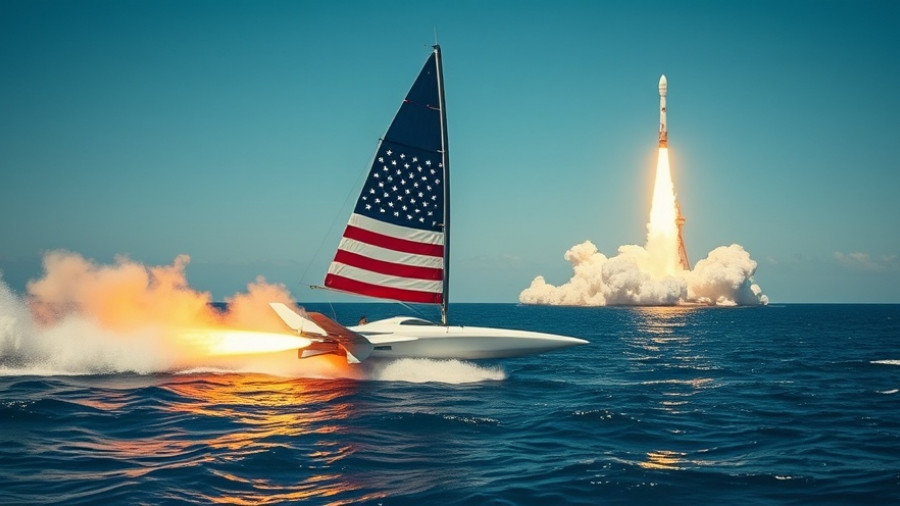
Bold Moves in Arctic Security: A New Era Begins
In a remarkable announcement, the White House recently unveiled a significant step in enhancing the United States’ Arctic capabilities. President Donald J. Trump revealed that a coalition of shipbuilders led by Bollinger Shipyards has been selected to design and construct six new Arctic Security Cutters (ASCs). This agreement, hailed as a testament to American leadership in maritime strength, reflects both an immediate response to strategic needs and a long-term vision for Arctic security.
Uniting Forces for Arctic Operations
The team behind this initiative comprises Bollinger Shipyards, Finland’s Rauma Marine Constructions, and Canada’s Seaspan and Aker Arctic Technology. Their combined expertise is pivotal, as the innovative Multi-Purpose Icebreaker design is already production-ready. This collaborative effort not only strengthens the U.S. maritime construction industry but also reinforces ties with allies, exemplifying the importance of international cooperation in today's shifting geopolitical landscape.
Rapid Response and Delivery Efficiency
Construction will commence immediately, with the first three vessels being built concurrently in both Finland and the United States, ensuring a rapid timeline for delivery within the next three years. This strategic approach enables the U.S. Coast Guard to enhance its operational capabilities swiftly, emphasizing the urgency of establishing a robust presence in the Arctic amid increasing competition from Russia and China.
Addressing National Security Needs
The Arctic Security Cutters are designed to operate efficiently in extreme conditions, capable of breaking through four feet of ice and traveling over 12,000 nautical miles. This design is set to significantly bolster the Coast Guard's efforts in areas such as national defense, maritime sovereignty, and rescue operations in one of the world’s most challenging environments.
Community Impact and Regional Significance
For residents in Southeast Louisiana, where Bollinger Shipyards is based, this project is nothing short of transformative. As House Majority Leader Steve Scalise noted, this investment not only reinforces local job markets but also positions the region as a hub in America's maritime industrial base. The ripple effect of such contracts can invigorate local economies, showcasing the essential role of grassroots initiatives in the larger narrative of national security.
Looking Ahead: A New Chapter for Arctic Ambitions
The significance of this announcement reverberates beyond mere construction contracts. It signifies a renewed commitment to America's presence in polar regions, addressing a pressing need highlighted by the Coast Guard's own assessments. As climate change continues to alter Arctic dynamics, nations are recalibrating their naval strategies. The U.S. has the opportunity to lead in Arctic security, and the Bollinger-led initiative is a crucial first step in this direction.
As we witness this pivotal moment in maritime affairs, the collaboration between the U.S., Canada, and Finland under the ICE Pact demonstrates the power of allied cooperation in facing global challenges. The Arctic Security Cutter project not only revitalizes the U.S. Coast Guard's capabilities but also marks a significant milestone in our collective efforts to secure the Arctic frontier.
 Add Row
Add Row  Add
Add 




Write A Comment